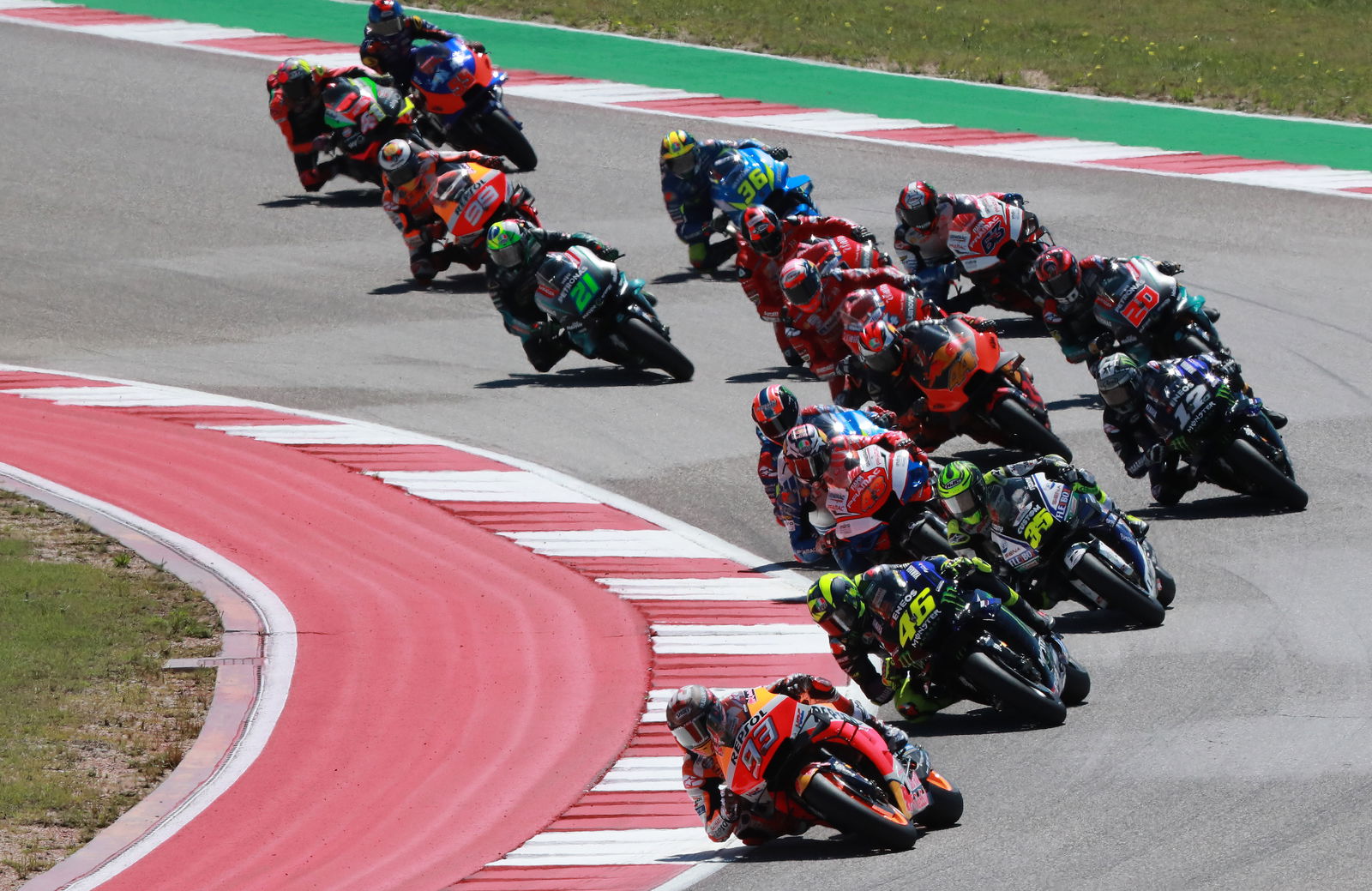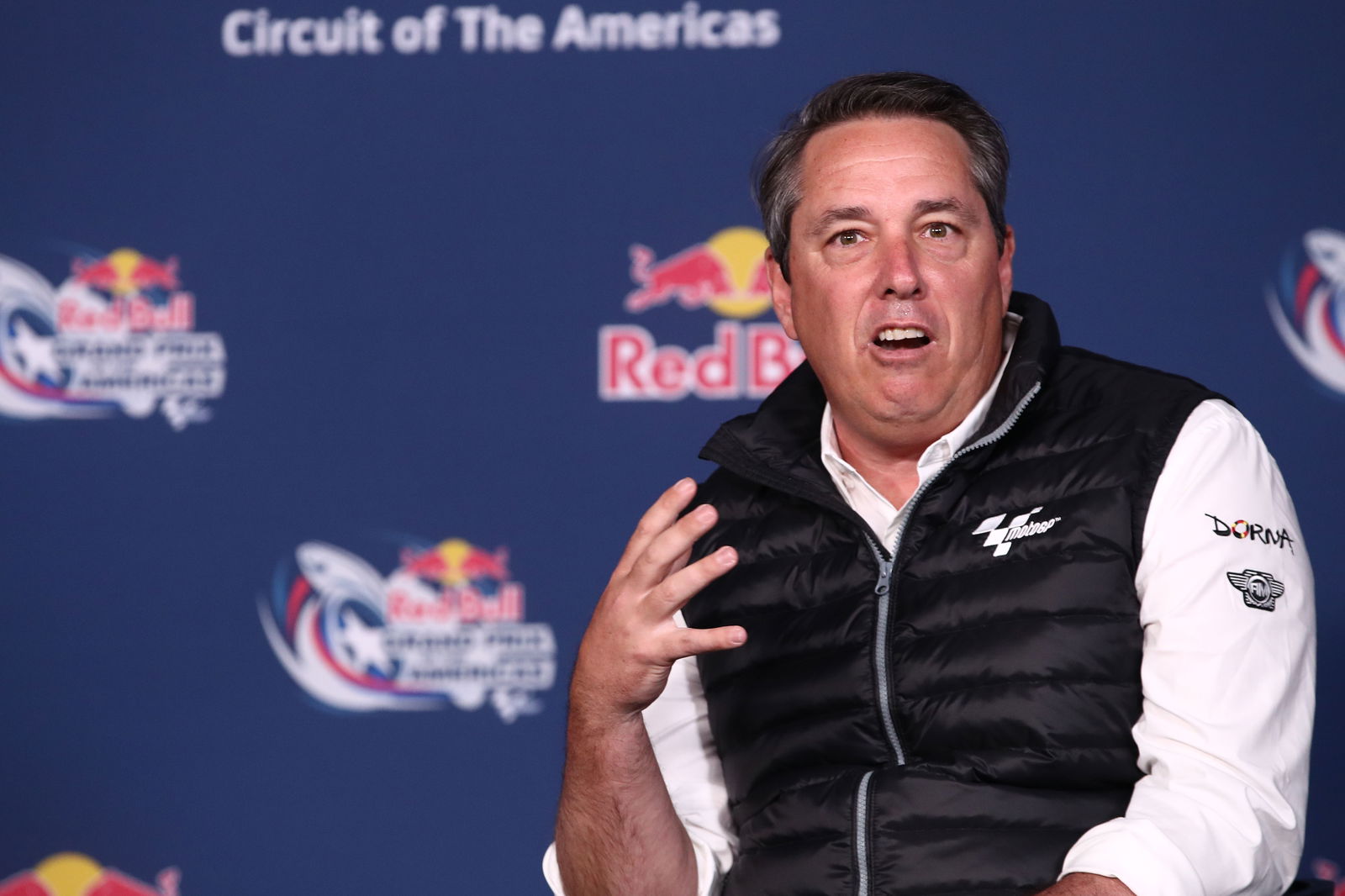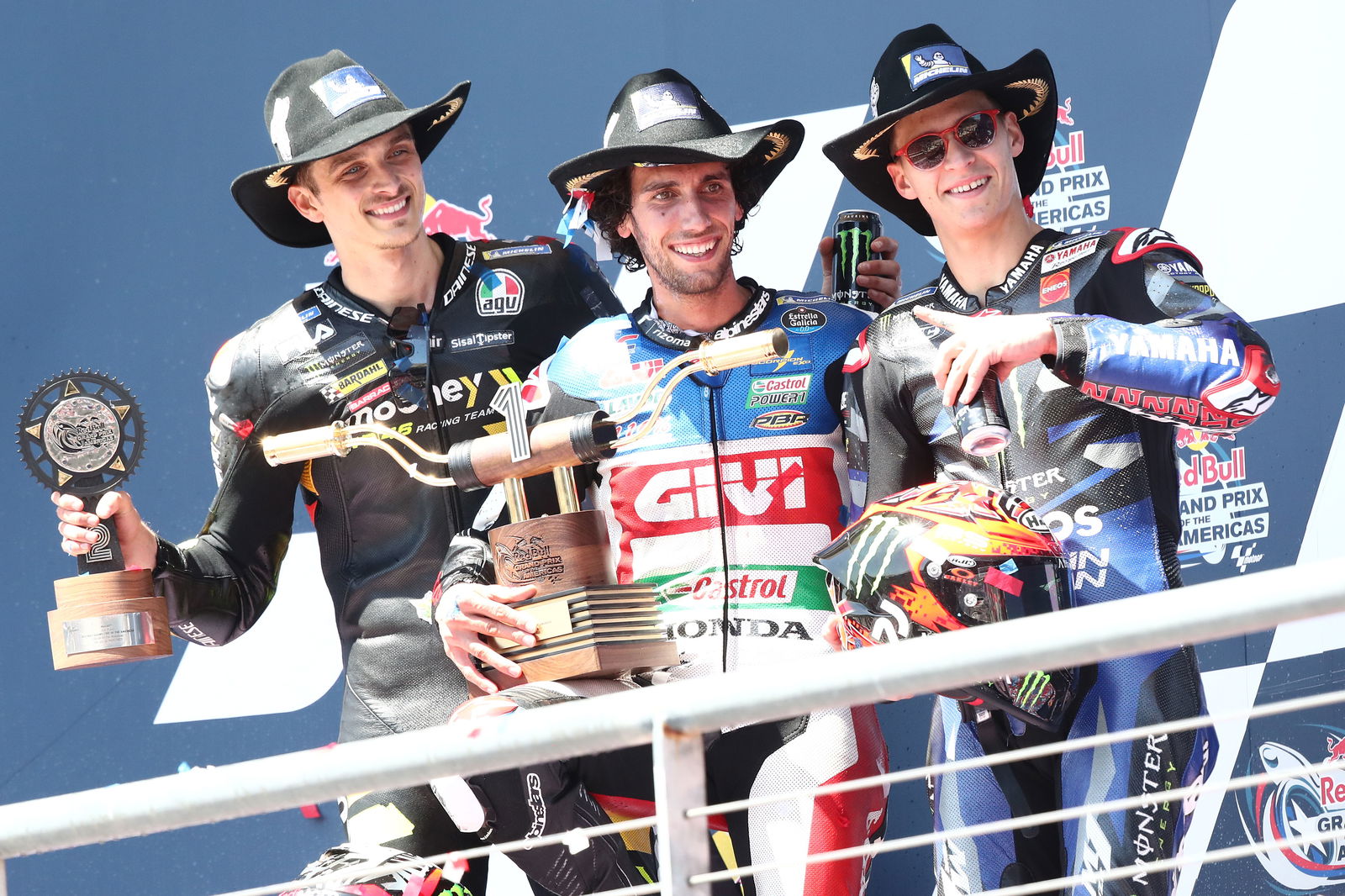The fundamental Texan trouble that threatens MotoGP
MotoGP's dreams of making it in the US depends on it having a race in the 'States. But the only suitable track is incapable of sustaining its suitability.

MotoGP is racing at the Circuit of the Americas in Texas this weekend, and it needs to. However, is it really sustainable?
The Circuit of the Americas is a fantastic race track to host a motorcycle race. It is not the most flowing layout, or the most romantic, and it is not conducive to especially close racing, even when Marc Marquez is absent (as Francesco Bagnaia proved in the Sprint at the 2023 event).

But, the Circuit of the Americas is probably the most technical circuit on the current MotoGP calendar. Its combination of hard braking zones (themselves in a mix of different gradients and inclines), fast direction changes, slow corners, fast corners, short corners, and long corners, means COTA is a circuit where the motorcycle is never going to feel ‘right’. With such a mix of characteristics, the setup must be an even greater compromise than usual, and so must the riding style; in some places you need to force the bike, and in others you need to be patient.
The track’s technicality is intensified by an ever-changing track surface. COTA is built on basically a bog, created by a relatively dormant fault line. That means the track sinks in places, and creates holes and bumps in the surface.
2023 is in now way the first time MotoGP has been made aware of this reality. Since 2015, the track surface was deteriorating. It was not until last year that a new lap record was set - by Jorge Martin - since Marc Marquez set the previous record seven years earlier. In Moto3, the lap record still stands from Aron Canet in 2016.

By 2019, the track was in a terrible condition, and verged on dangerous. There were huge bumps and holes in most corners, including fast ones like turns two, three, 10, and 18. The track had not been able to afford to resurface the track, so they had ground down the bumpy areas instead. This helped, but it created roost, and it was not a long-term solution.
A resurface between turn one and turn 10 followed, and for 2022 the condition of the surface was better. However, for 2023, it has deteriorated again, because the ground on which the track sits cannot be overcome by track work, unless the surface is fixed every other year, which is not sustainable.
This is a shame from a racing perspective. Alex Rins proved in the first MotoGP Sprint at Austin that the circuit’s technicality makes it one of the most rider-dependent tracks on the calendar as he rode his uncooperative Honda to second place. In an era of MotoGP where the rider arguably makes less difference than any time before, such a track has tremendous value.

It is also a shame for MotoGP’s commercial side, as it needs to garner more attention in the US. Dorna, the MotoGP commercial rights holder, has recently appointed a former member of the NBA’s top management as its commercial officer in order to try to expand its presence in the US.
Yet, if the track surface cannot maintain its safety over a long period of time, it is hard to see how MotoGP can continue to race there.
From the perspective of Dorna and the business side of the series, this is not good, since there is perhaps only one other place that MotoGP can race in the US, Indianapolis, which is a worse race track than COTA situated in a less culturally interesting location. Furthermore, no race in Indianapolis will be able to escape the shadow of the Indianapolis 500.
The fundamental issue at the Circuit of the Americas, that of the track surface, is one, then, that could legitimately threaten the success of MotoGP as a whole.

